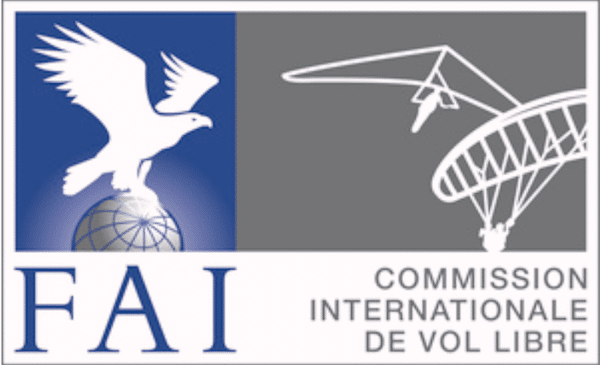How to choose a paramotor?
This can be a complicated task. There are great differences between paramotors
I will try to give you an unbiased comparison (we have a school and have multiple units). We will try to give some honest advice.
Most beginners start with the engine because it is easy to compare the numbers but this is by far not the most important thing. Experienced pilots know that there are huge differences in how the paramotor feels when you fly it. This is determined by paramotor geometry and plenty of small details, while not all of them are possible to measure. As a beginner, you may not be able to decide upon this but get different opinions. The brand your instructor is the dealer of may not always be the best for you.
List of paramotor pointers you should consider when buying a paramotor:
- How much power do you need?
- How much weight am I happy to carry?
- Standard 125cm prop or larger?
- Do you need a clutch?
- Electric or manual starter?
- Is aerodynamics important?
- Strength and repairability.
- Fuel Efficiency..you have to carry it so every liter is another kilo at take off on your back and legs
- Transport and travel with your paramotor.
You start with a beginner wing now which offers easy behaviour on takeoff, benign flight characteristics but you might , depending on how much you fly want to upgrade to upgrade to a faster wing later. However, you can keep your paramotor for many years if you have chosen properly.
What is your flying style and your goals in paramotoring for the future?
- Cross country cruising
- Low-level-fun/slalom addict
- Acro madman
- Thermalling junkie
Cross-country cruising... This is it the birds-eye perspective on long cross-country flights that attracts everyone in the first place so its a good place to start. You will need: Easy Launch, gain altitude, let the brake toggles go and fly fast and far as you like. All engines will do this, the bigger they are the more fuel they drink, so shorter distances and more need to carry fuel for longer flights. They'll also be heavier to manage on the ground and for landing but you'll get a quicker climb rate...not that that's really important. Less power equals less vibration, fewer repairs, less fuel, and less weight generally.
Is there more to it?
Flying will never get boring but it is natural to human nature to seek progress. It may happen that after some airtime you look for some more adrenaline. You may look for disciplines where you could learn/show more skills. Acro, slalom flying all these disciplines lean towards smaller gliders that need more power, better climb rates etc
Equally, you'll be making shorter flights less concerned about distance and more on altitude and skill refinement. Pondering these options means in truth you've already had your fill of the category above already. Pilots don't go from school and think I want to be an acro pilot without before gaining the fundamental skills and going on progression courses.
Engine size
The bigger the engine often equates with more thrust, but prop size is quite key here too. If you bolt on a 185 machine on your back you'll notice two things, the sheer weight at 26kilos plus the fuel five liters per hour is another five kilos! you have to launch and run with that for hopefully a short spell if your technique is dialled.
Larger engines vibrate more
The issue with that is that things rattle loose, anything that starts loose comes free and ends up flying through your prop which leads to further expense and lost time in repairs.
So our advice is to buy an engine that's the right size for you, the climb out wants to be sensible and not like the Saturn rocket!. Power needs to be managed and most pilots unless doing acrobatics, really don't need large quantities of power to get you out of trouble, we fly mostly in straight lines, we can see and anticipate obstacles and plan accordingly. Normal flight for the majority of pilots is cruising at whatever flight level floats your boat, its not dynamic flying.
Obviously, if your blessed with big bones you'll need a powerful engine to help get airborne. If you have a weak back and weaker knees and weigh under 88kg you can away with smaller engines like a 125 or 80 cc unit. There's plenty of choices.
Throttle choice
Left or right hand, some would argue left if your a right handed so you can get access to your reserve handle, but i've checked if things went pair shaped I guarantee I'd pull a reserve even with a throttle in my hand. If you fly with a camera and need to focus..then left hand is your focusing hand... most righties i know fly with right-hand throttle, left to left...whatever you choose just stick with it.
Harness Size.
Medium Small or Large/Xl simple as that anything under 5'10 ft go for medium anything above go large.


